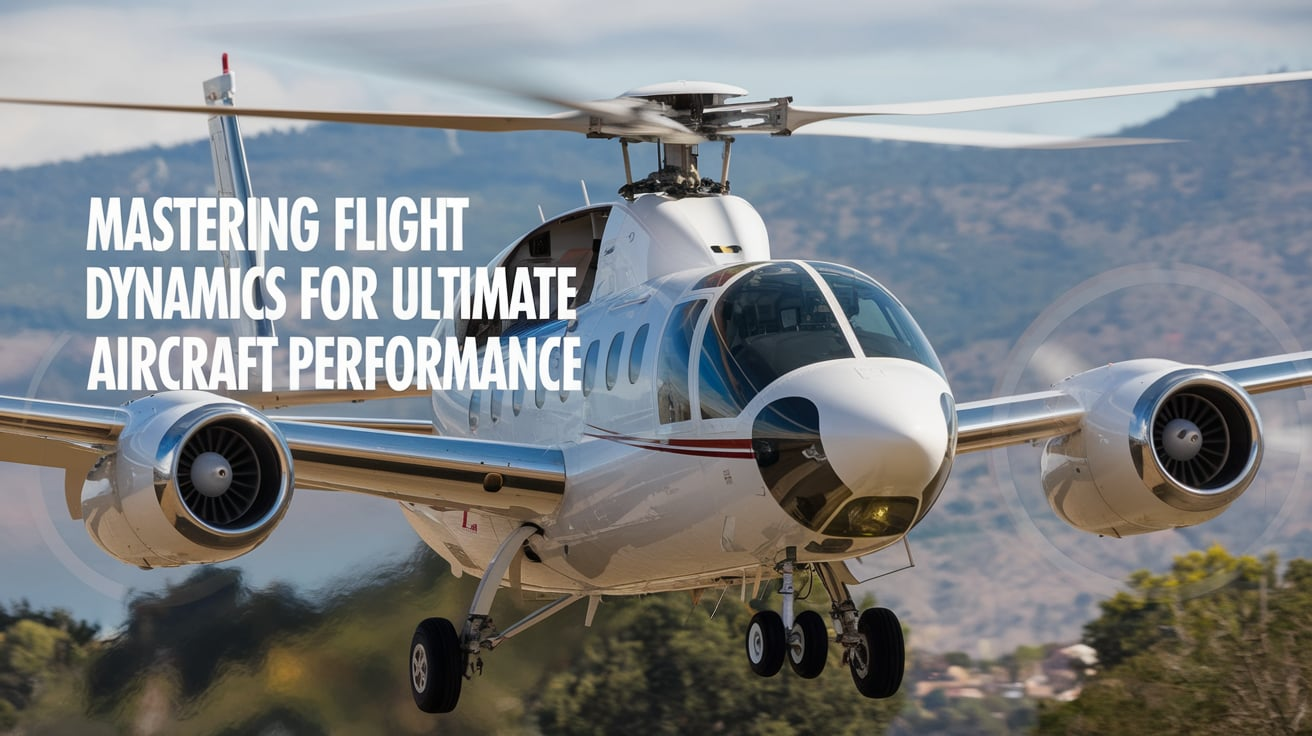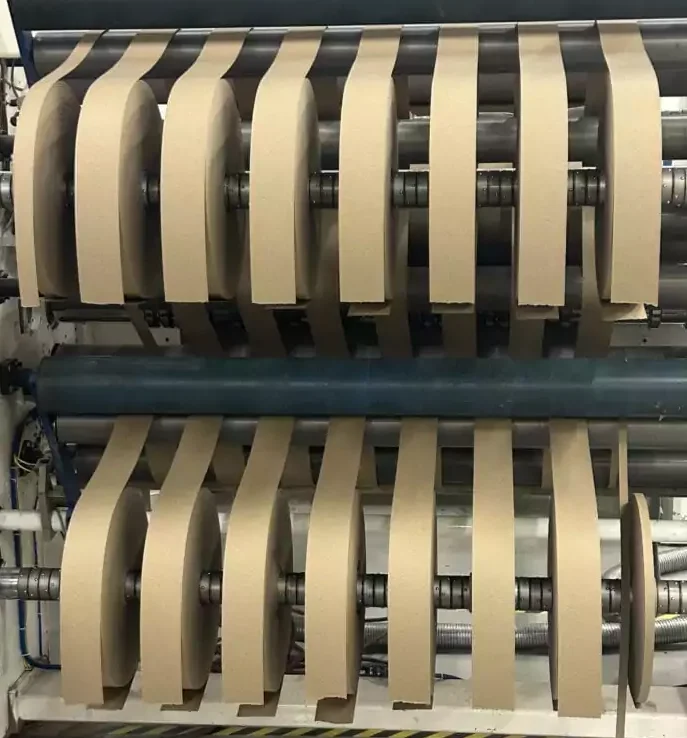
Understanding various performance parameters in aviation is critical for safe and efficient flight operations. Among these terms, speeds vtol vr ef24 sustained turn rate are crucial factors in ensuring that an aircraft, particularly a vertical takeoff and landing (VTOL) aircraft, can perform optimally. This article will explore what these terms mean, their importance in flight dynamics, and how they apply to aviation practices. Whether you’re an aviation enthusiast or a pilot-in-training, this comprehensive guide will clarify the concept of vspeeds vtol vr ef24 sustained turn rate.
What are V-Speeds?
V-speeds refer to a set of standard speeds that an aircraft must follow during various phases of flight. Each speed corresponds to specific actions or limits, helping pilots manage safe takeoff, flight, and landing procedures. Some common V-speeds include V1, which represents the decision speed for takeoff, and V2, which denotes the minimum takeoff safety speed. However, in the context of vspeeds vtol vr ef24 sustained turn rate, we are primarily focusing on speeds that relate to VTOL aircraft and their performance characteristics during takeoff and landing.
VTOL: Vertical Takeoff and Landing
VTOL stands for vertical takeoff and landing, which refers to aircraft capable of taking off, hovering, and landing vertically. This is an essential feature in modern aviation, especially with the rise of drone technology and urban air mobility vehicles. VTOL aircraft operate differently from traditional fixed-wing planes because they rely on thrust to lift off the ground without requiring a runway. In the context of vspeeds vtol vr ef24 sustained turn rate, VTOL’s unique ability to transition between hovering and forward flight is essential when discussing various speeds and performance metrics like sustained turn rates.
VR: Rotation Speed
VR, or rotation speed, is another crucial component of vspeeds vtol vr ef24 sustained turn rate. In conventional aircraft, VR is the speed at which the aircraft’s nose is lifted off the ground during takeoff. For VTOL aircraft, VR represents the speed required to transition from vertical to horizontal flight. VR is a critical factor because it determines where the aircraft becomes airborne or begins a new phase of its flight mode.
EF24: Enhanced Flight Characteristics
EF24 in vspeeds vtol vr ef24 sustained turn rate relates to enhanced flight characteristics, explicitly focusing on agility, control, and performance in dynamic environments. EF24 is especially important for modern VTOL aircraft, as it ensures the aircraft maintains optimal control during complex maneuvers, including sustained turns and high-speed transitions. This characteristic allows VTOL vehicles to perform more efficiently when agility is crucial.
Sustained Turn Rate Explained
The sustained turn rate is another critical term in vspeeds vtol vr ef24 sustained turn rate. This refers to the ability of an aircraft to maintain a constant turn rate over time without losing altitude or speed. For VTOL aircraft, high sustained turn rates are essential for surveillance, rescue operations, and even aerial combat in certain situations. It defines the aircraft’s capability to perform tight, continuous turns crucial to maneuverability.
How V-Speeds Influence VTOL Performance
When discussing vspeeds vtol vr ef24 sustained turn rate, understanding how V-speeds apply to VTOL aircraft is crucial. Unlike traditional aircraft, which rely heavily on runway speeds for takeoff and landing, VTOL aircraft’s performance is governed by specific thrust and power settings that correlate with their V-speeds. The interaction between VR and sustained turn rate is critical for these aircraft, as both factors influence their ability to smoothly transition from hovering to forward flight.
Importance of VR in VTOL Flight
VR is pivotal in a vspeeds vtol vr ef24 sustained turn rate context. The rotation speed for VTOL aircraft ensures that the plane reaches the necessary velocity to safely transition from vertical to forward flight. If the VR is miscalculated or ignored, it could lead to inefficiencies or even dangerous flight conditions. Pilots must achieve the appropriate VR to ensure the aircraft’s aerodynamic performance remains stable throughout the flight.
EF24’s Role in Performance Enhancements
EF24 is critical in ensuring VTOL aircraft maintain optimal performance, especially when handling sustained turns. Enhanced flight characteristics, such as the ones denoted by EF24, allow for improved agility, especially during rapid direction changes or sustained turns. In the context of vspeeds vtol vr ef24 sustained turn rate, EF24 ensures that the aircraft can handle these maneuvers with minimal strain on its structure and systems.
Achieving Optimal Sustained Turn Rates
Achieving a high sustained turn rate is one of the key performance indicators for VTOL aircraft, especially in complex flight scenarios. In the context of vspeeds vtol vr ef24 sustained turn rate, a high sustained turn rate allows the aircraft to perform continuous circular or curved paths without losing altitude or speed, making it valuable for tactical maneuvers. For VTOL aircraft, this rate is affected by various factors, including engine power, weight, and aerodynamic design.
V-Speeds and Sustained Turns in Tactical Aviation
In military applications, vspeeds vtol vr ef24 sustained turn rate plays a significant role in tactical aviation, especially for aircraft that must engage in combat maneuvers. Maintaining a high sustained turn rate allows VTOL aircraft to outmaneuver opponents or evade threats more effectively. This capability is directly related to the interplay between VR and EF24, as both factors influence how well the aircraft can perform in high-stress situations.
Practical Applications of VTOL Aircraft
With their unique ability to hover, take off vertically, and perform sustained turns, VTOL aircraft have a wide range of applications. From urban air mobility solutions to military operations, understanding vspeeds vtol vr ef24 sustained turn rate is essential for optimizing these vehicles’ performance. In urban environments, VTOL aircraft can land in tight spaces, while their agility makes them perfect for tasks like search and rescue or surveillance.
The Future of VTOL Technology
As technology advances, the vspeeds vtol vr ef24 sustained turn rate for VTOL aircraft will continue to evolve. Future designs will likely incorporate advanced EF24 features, further improving sustained turn rates and making VTOL aircraft even more versatile. As demand for more agile, efficient flying vehicles increases, these developments will be crucial for civilian and military aviation.
How Pilots Use V-Speeds in Flight Operations
Pilots rely on vspeeds vtol vr ef24 sustained turn rate to make informed decisions during flight operations. Knowing when to transition between hovering and forward flight or how to handle sustained turns is critical for VTOL aircraft operations. By understanding these parameters, pilots can optimize their flight paths, ensuring safety and efficiency.
Why Sustained Turn Rate Matters
In the context of vspeeds vtol vr ef24 sustained turn rate, sustained turn rate is not just a performance metric—it’s a critical safety factor. Aircraft that cannot maintain their turn rate may lose altitude or stall, leading to potentially dangerous situations. A reliable, sustained turn rate is vital for VTOL aircraft, which often operate in tight spaces or at low altitudes.
Conclusion: Mastering V-Speeds, VTOL, VR, EF24, and Sustained Turn Rate
In summary, understanding vspeeds vtol vr ef24 sustained turn rate is essential for anyone involved in VTOL aircraft operations. From the V-speeds that dictate flight phases to the EF24 characteristics that enhance performance, each component is vital in ensuring safe and efficient flight. By mastering these concepts, pilots and aviation professionals can better handle the unique demands of VTOL aircraft, ensuring they perform optimally in various flight conditions.
This comprehensive overview of vspeeds vtol vr ef24 sustained turn rate highlights the importance of these terms in modern aviation. As technology advances, the need for efficient and agile VTOL aircraft will only grow, making it all the more important to understand the dynamics of V-speeds, rotation speeds, and sustained turn rates.


